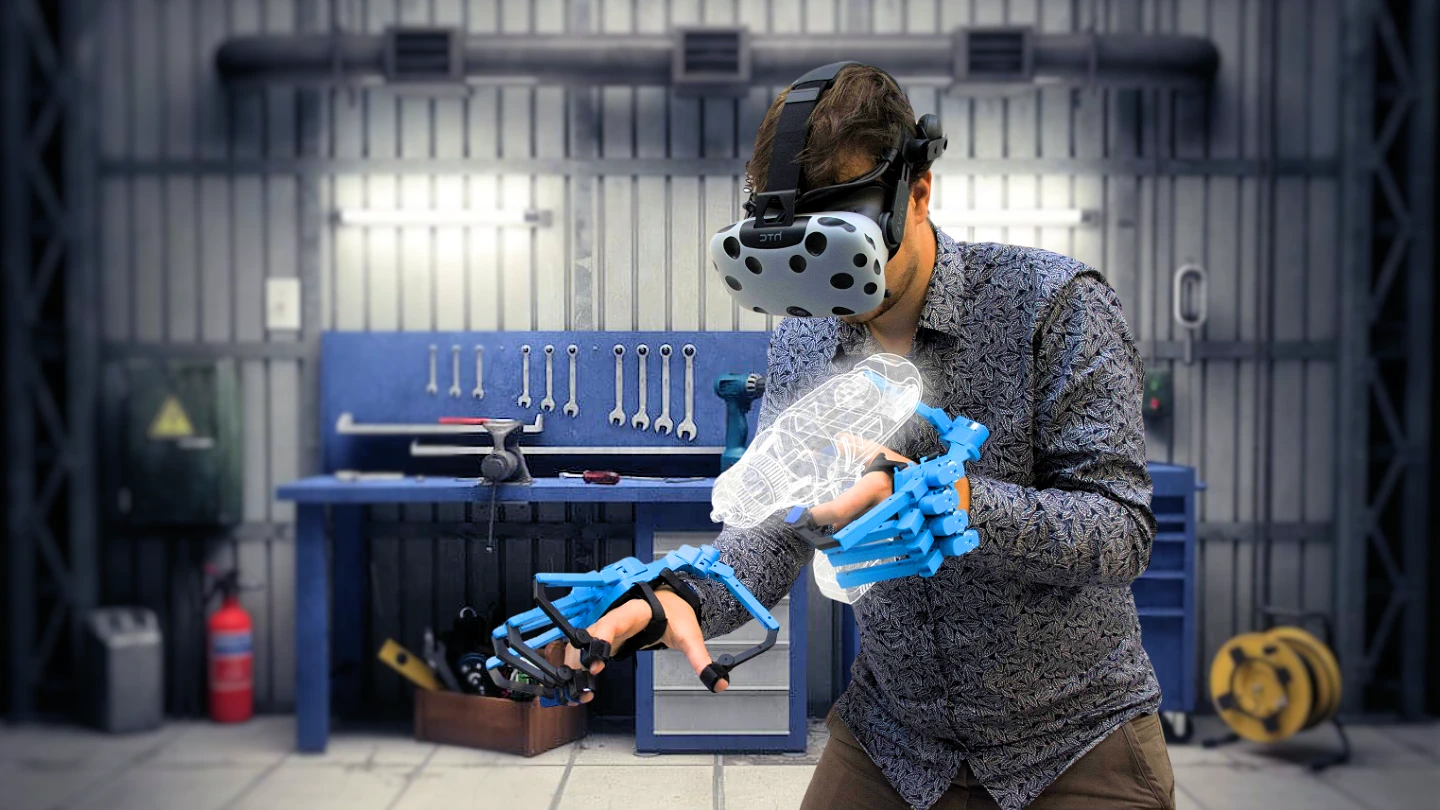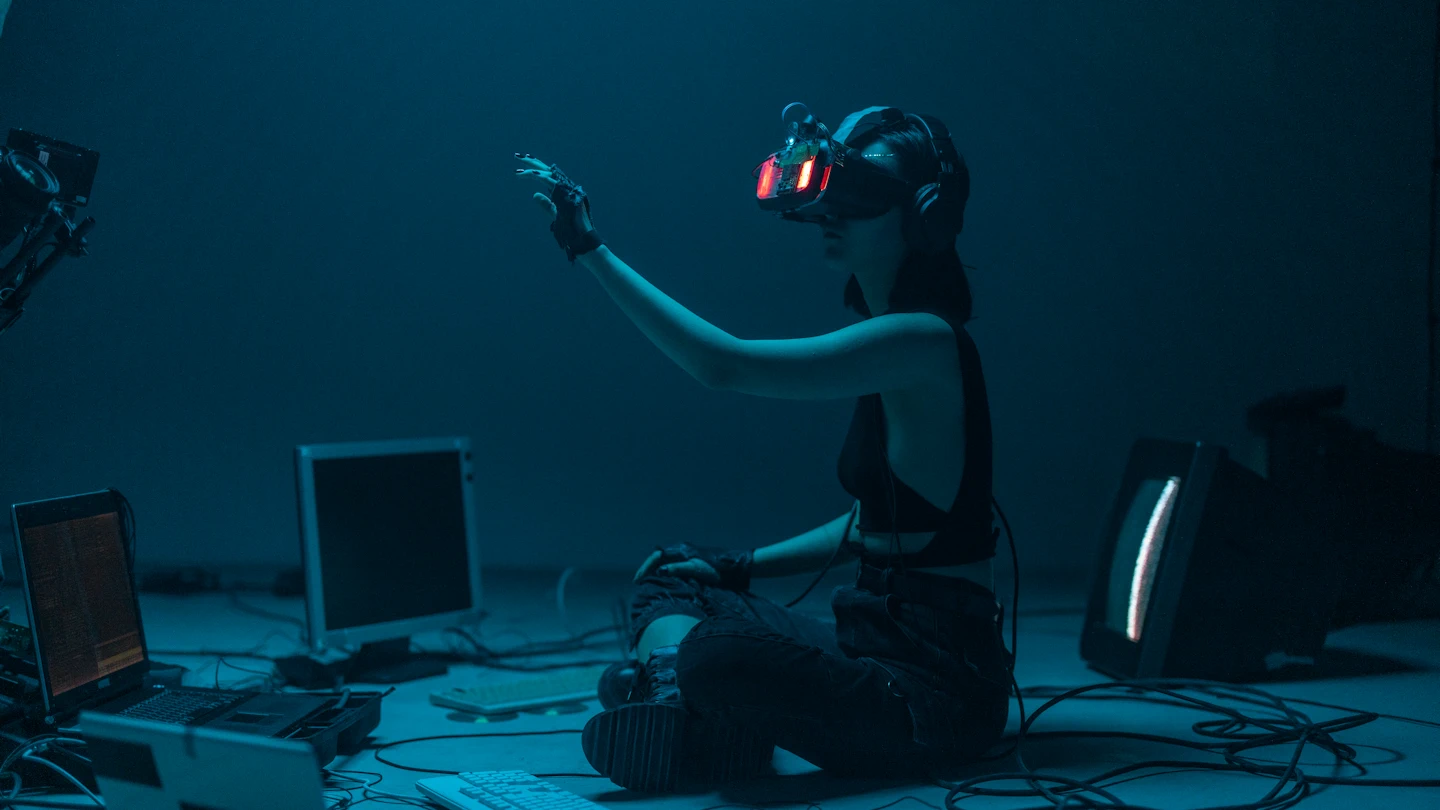Many students would love to visit another planet’s surface or the ocean’s depths. Or shrink themselves down to the size of a microbe or expand themselves to the scale of the stars. Virtual and augmented reality (VR/AR) technology allows them and their teachers to do that and go on many other adventures!
In a 2016 survey of 1,000 U.S. teachers conducted by Samsung Electronics and GfK, 93 percent said their students would be excited to use VR, and 83 percent believed these technologies could help improve learning outcomes.
Educators already showed interest in VR/AR educational software before the pandemic.
In a 2019 Gallup survey, 65 percent of U.S. public school teachers said they used digital tools every day, while 13 percent used them a few days a week—and 85 percent saw “great value” in using them in the future.
Now, after adapting to virtual learning quickly, educators realize the incredible potential of VR/AR to liven up classrooms and catch the interest of students who already spend time online with social media and video games.
Also, these technologies offer ways to make education more accessible to students who live in remote areas or have disabilities limiting their ability to access labs or field trips. They can be customized to suit student learning styles.
How VR/AR Enhance Learning
One of the benefits of VR/AR in education is that they create immersive and engaging learning environments that stimulate curiosity and motivation. Students can explore scenarios, locations, and perspectives that would otherwise be impossible or impractical to experience in real life.
For example, they can:
- Visit ancient civilizations, historical landmarks, or natural wonders.
- Observe animal behavior, plant growth, or weather phenomena.
- Experiment with chemical reactions, physical forces, or biological processes.
- Interact with famous figures, fictional characters, or cultural icons.
- Learn new languages, skills, or hobbies.
Another benefit of VR/AR in education is that they support active learning and collaboration. Students can manipulate objects, perform tasks, and solve problems in virtual or augmented worlds. They can also work with peers or instructors in real-time or asynchronously, using voice chat, text messages, or gestures.
For example, they can:
- Build models, prototypes, or artwork.
- Play games, simulations, or puzzles.
- Conduct research, investigations, or inquiries.
- Create stories, presentations, or portfolios.
- Share feedback, ideas, or opinions.
A third benefit of VR/AR in education is that they facilitate personalized and adaptive learning. Students can learn at their own pace and difficulty level, according to their preferences and needs. They can also receive immediate feedback and guidance from the system or the teacher.
For example, they can:
- Choose topics, themes, or modes of interaction.
- Adjust settings, options, or parameters.
- Track progress, performance, or achievements.
- Review concepts, skills, or strategies.
- Access resources, hints, or tips.
Examples of VR/AR Applications in Education
There are many examples of VR/AR applications that are designed for educational purposes or can be adapted for learning activities. Some of them are:
- Google Expeditions: A VR app that allows teachers to lead students on virtual field trips to various destinations worldwide.
- CoSpaces Edu: A VR/AR app that enables students to create their own 3D scenes and stories using a web-based platform2.
- Merge Cube: A physical cube that can be transformed into different objects using AR apps on smartphones or tablets3.
- Labster: A VR app that provides students access to realistic and interactive virtual labs for science education4.
- Mondly: A VR app that helps students learn new languages by immersing them in conversations with native speakers5.
Challenges and Opportunities of VR/AR in Education
Despite the benefits and examples of VR/AR in education, some challenges and opportunities must be addressed and explored.
Some of them are:
- Cost and accessibility: VR/AR devices and software can be expensive and require high-end hardware and an internet connection. This can limit the availability and affordability of these technologies for some schools and students. However, low-cost and mobile options, such as cardboard headsets and web-based apps, can make VR/AR more accessible and inclusive.
- Content and quality: VR/AR content and quality can vary depending on the source, platform, and purpose. Some content may not be accurate, appropriate, or relevant to educational goals. Some qualities may not be optimal, immersive, or interactive for learning experiences. Therefore, teachers and students need to evaluate and select VR/AR content and quality carefully and critically.
- Pedagogy and assessment: VR/AR pedagogy and assessment can be challenging to design and implement effectively. Some pedagogy may not align with the curriculum, standards, or objectives. Some assessments may not capture the learning outcomes, processes, or behaviors. Therefore, teachers and students must integrate and adapt VR/AR pedagogy and assessment creatively and flexibly.
- Ethics and safety: VR/AR ethics and safety can be complex and sensitive to consider and address. Some ethics may involve privacy, security, or consent issues. Some safety may involve physical, mental, or emotional risks. Therefore, teachers and students must follow and promote VR/AR ethics, safety guidelines, and practices.
Conclusion
VR/AR technologies have the potential to transform education by creating immersive, engaging, personalized, and adaptive learning environments that can enhance student motivation, collaboration, and achievement.
However, they also pose challenges that must be overcome and opportunities to exploit. Therefore, teachers and students need to be aware of the benefits and limitations of VR/AR in education and the best practices and resources for using them effectively.
Frequently Asked Questions
What is the difference between AR and VR in education?
AR and VR are immersive technologies that can enhance learning but have different features and applications. AR stands for augmented reality, which means adding digital elements to the real world, such as images, sounds, or texts. VR stands for virtual reality, which means creating a fully digital environment that simulates reality, such as a 3D scene or a 360-degree video.
How can AR and VR help students with special needs?
AR and VR can help students with special needs by providing them with customized and accessible learning experiences that suit their abilities and preferences. For example, AR and VR can help students with hearing problems by providing visual or textual cues, students with autism by facilitating social interaction and communication, and students with physical disabilities by enabling them to explore and manipulate virtual objects.
What examples of simulations can AR and VR create for education?
AR and VR can create simulations that allow students to experiment with different scenarios, outcomes, and perspectives that would otherwise be impossible or impractical to experience in real life. For example, AR and VR can create simulations that let students visit historical sites, natural wonders, or fictional worlds, observe scientific phenomena, animal behavior, or cultural practices, and interact with famous figures, fictional characters, or native speakers.
What are some current applications of AR and VR technologies in education?
AR and VR technologies are currently used in various educational contexts and disciplines, such as science, math, history, geography, language, art, and more. Some of the current applications include virtual field trips, virtual labs, virtual museums, virtual games, virtual stories, virtual tutors, and more.
How will AR and VR affect the future of learning?
AR and VR will affect the future of learning by making it more immersive, interactive, personalized, and adaptive. They will also enable new forms of collaboration, creativity, and assessment. AR and VR will also challenge educators to rethink their pedagogy, curriculum, and ethics to leverage the potential of these technologies.



